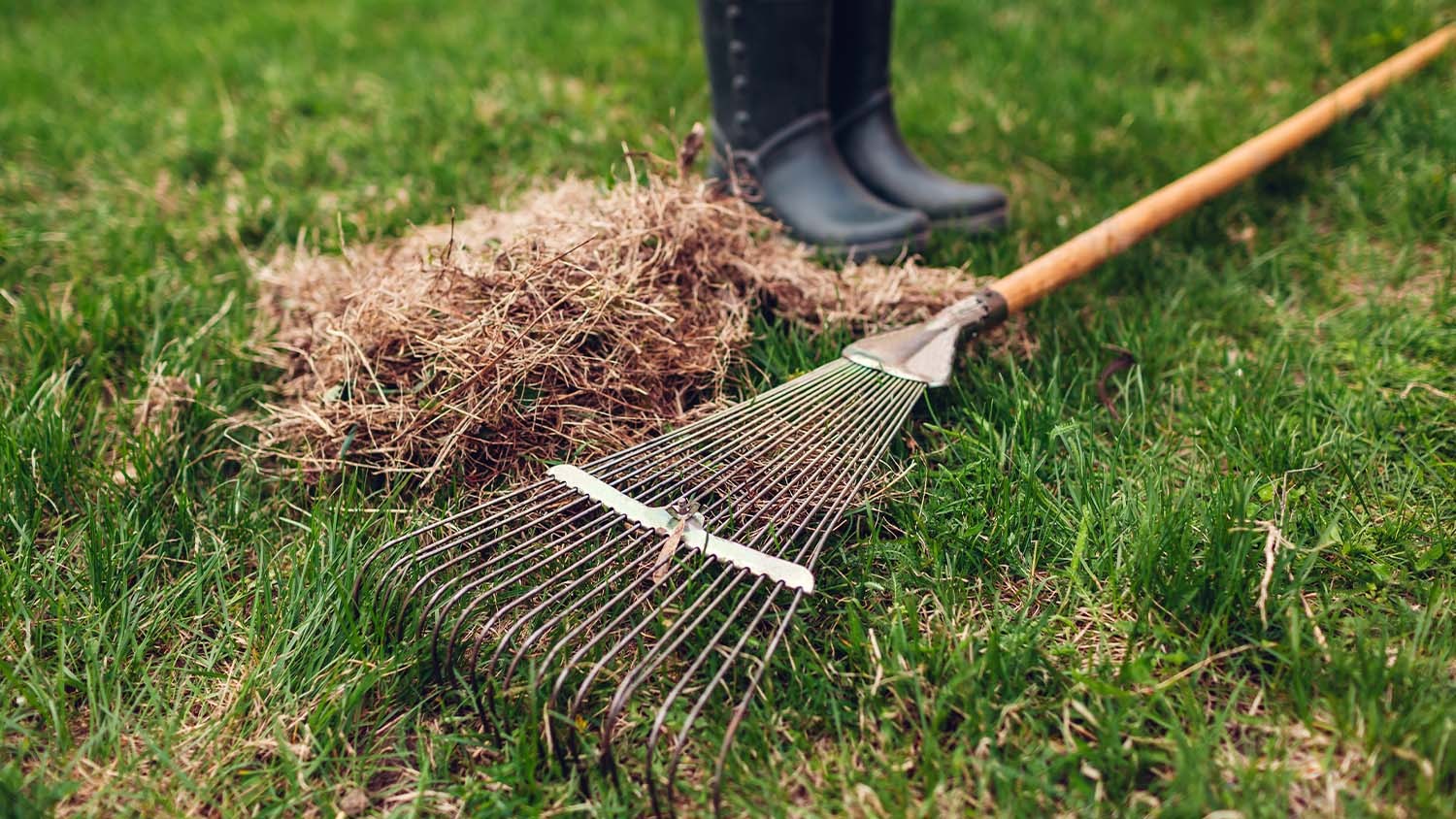LITTLE ROCK, Ark. — Lawmakers in Arkansas have created a bill that would raise the minimum age to purchase tobacco products in the state to 21.
As filed in the Arkansas legislature, House Bill 1519 would “prohibit the sale of tobacco products, vapor products, alternative nicotine products, e-liquid products and cigarette papers” to anyone under the age of 21.
If found, law enforcement agencies and school officials would have the authority to confiscate the products and destroy them. Furthermore, if a minor is found by the courts to have committed a crime with any of these prohibited items in their possession, a judge can sentence the minor to up to three hours of community service and enrollment into a tobacco education program.
Those sentences will be in addition to those handed down by the judge for the criminal violations.
But lawmakers left an interesting caveat in the bill. Those who can present a military identification card will still be allowed to purchase the above products regardless if they are over 21 or not. It appears those in the military would still be allowed to purchase those products at the age of 18.
This bill comes less than a month after the American Lung Association gave the federal government and individual states poor marks in a report card evaluating tobacco prevention programs. The report claimed the federal government failed to act to protect kids from e-cigarettes, which can lead to a potential addiction.
Tobacco, the leading cause of preventable death and disease in the nation, kills 480,000 people in the United States each year, while an additional 16 million are living with a tobacco-related disease.
Some of the harshest criticism was reserved for the US Food and Drug Administration, which received a grade of “F” from the lung association, primarily due to a “lack of action,” said Thomas Carr, an author of the new report and national director of policy at the American Lung Association.
The inaction, in particular the FDA’s passivity regarding vaping, is “putting the lives and health of Americans at risk,” said Carr, who noted the “staggering 78% increase among high school students and e-cigarette use in 2017-18.”
Regulation of e-cigarettes is the responsibility of the FDA, yet 20.8% of high school students are currently using e-cigarettes, said Carr. The escalation of vaping has “led both the US surgeon general and FDA commissioner to call teen e-cigarette use an ‘epidemic,’ ” he added. “That is a direct result of lack of regulation of the products.”
How the association graded states
The report card also lists five grades for each state: tobacco program funding, smoke-free air, tobacco taxes, access to cessation and “Tobacco 21.”
Even the best-performing states — Alaska, California, Hawaii, Maine, Massachusetts and District of Columbia — failed to get straight As in the five categories graded by the association, while the four states worst performing states scored Fs across the board: Mississippi, Missouri, Texas and Virginia.
The tobacco program funding grade is based on how much a state spends on programs intended to prevent kids from starting and to help people quit smoking, as compared to the funding levels recommended by the CDC for each state.
Smoke-free air is based on whether a state has prohibited smoking at work and public places, including restaurants and bars, and whether e-cigarettes are included in the law is factored into the grade, he said.
Similarly, the tobacco taxes grade takes into account the level of each state’s cigarette tax and whether the state taxes other tobacco products, including cigars and snuff but not e-cigarettes, Carr explained.
Access to cessation is “a bit of a complicated grade,” said Carr, who noted that this assessment includes whether a state’s Medicaid program and employee health plans cover quit-smoking treatments as well as the investment per smoker.
Finally, “some states have moved to increase the minimum age of sale of tobacco products to 21, so that’s what the ‘Tobacco 21’ grade looks at,” he said.
The lung association report also finds that no state is funding its tobacco prevention efforts at levels recommended by the US Centers for Disease Control and Prevention.


















